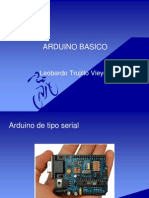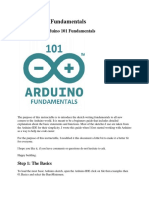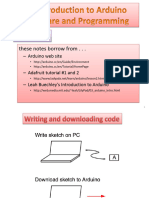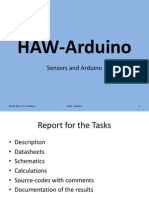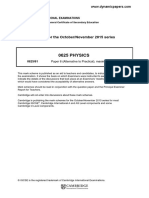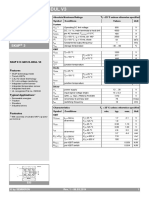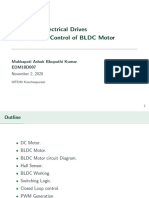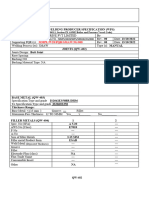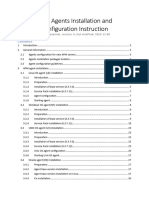0% found this document useful (0 votes)
11 views3 pagesArduino Basics 250618 133213
The document provides an overview of Arduino programming, covering key concepts such as variables, data types, control structures, functions, and libraries. It includes examples of code for input/output operations, serial communication, and popular libraries for various sensors and devices. Additionally, it suggests practical projects for further learning, such as a traffic light system and a temperature display.
Uploaded by
YOUNES BENZAAMACopyright
© © All Rights Reserved
We take content rights seriously. If you suspect this is your content, claim it here.
Available Formats
Download as PDF, TXT or read online on Scribd
0% found this document useful (0 votes)
11 views3 pagesArduino Basics 250618 133213
The document provides an overview of Arduino programming, covering key concepts such as variables, data types, control structures, functions, and libraries. It includes examples of code for input/output operations, serial communication, and popular libraries for various sensors and devices. Additionally, it suggests practical projects for further learning, such as a traffic light system and a temperature display.
Uploaded by
YOUNES BENZAAMACopyright
© © All Rights Reserved
We take content rights seriously. If you suspect this is your content, claim it here.
Available Formats
Download as PDF, TXT or read online on Scribd
/ 3







